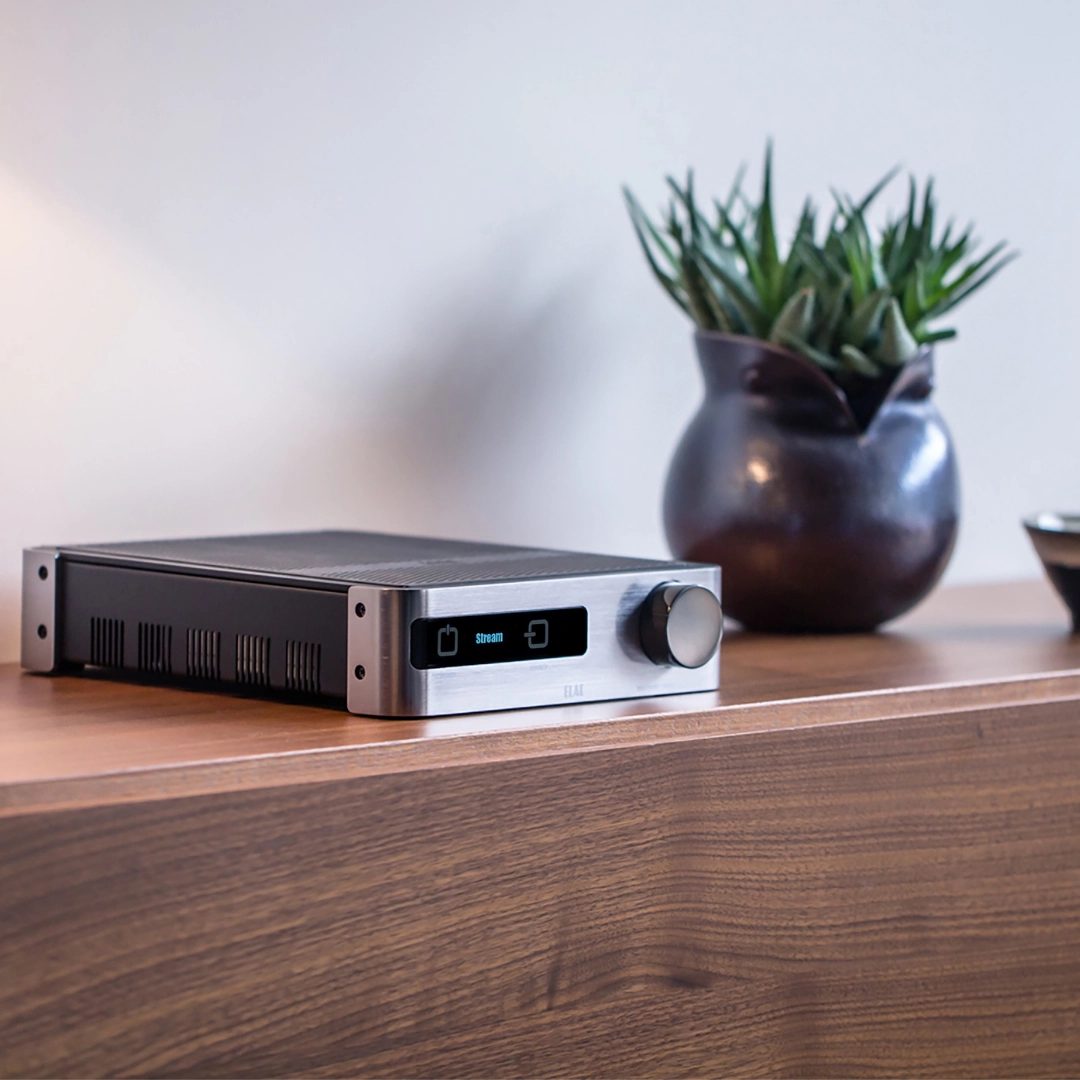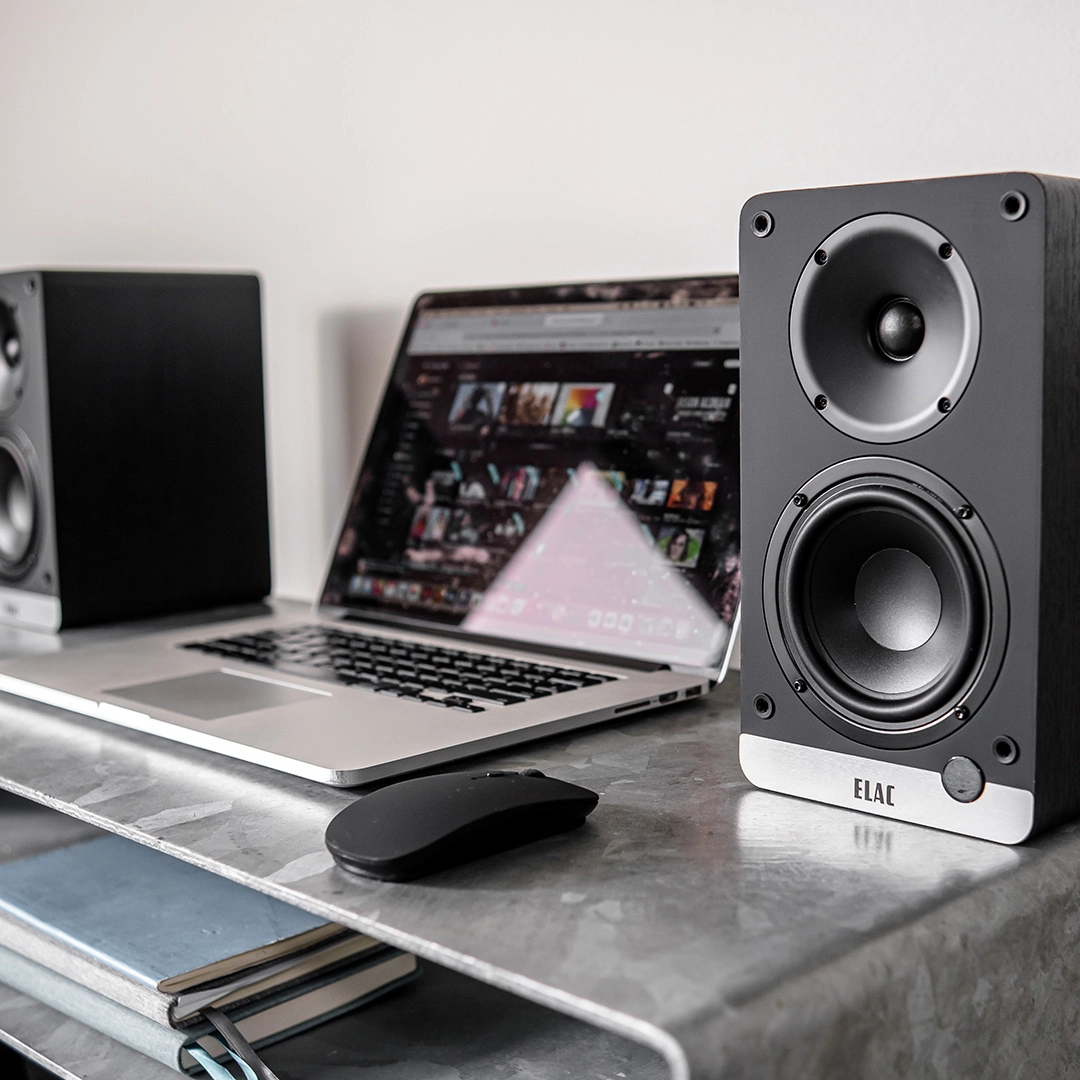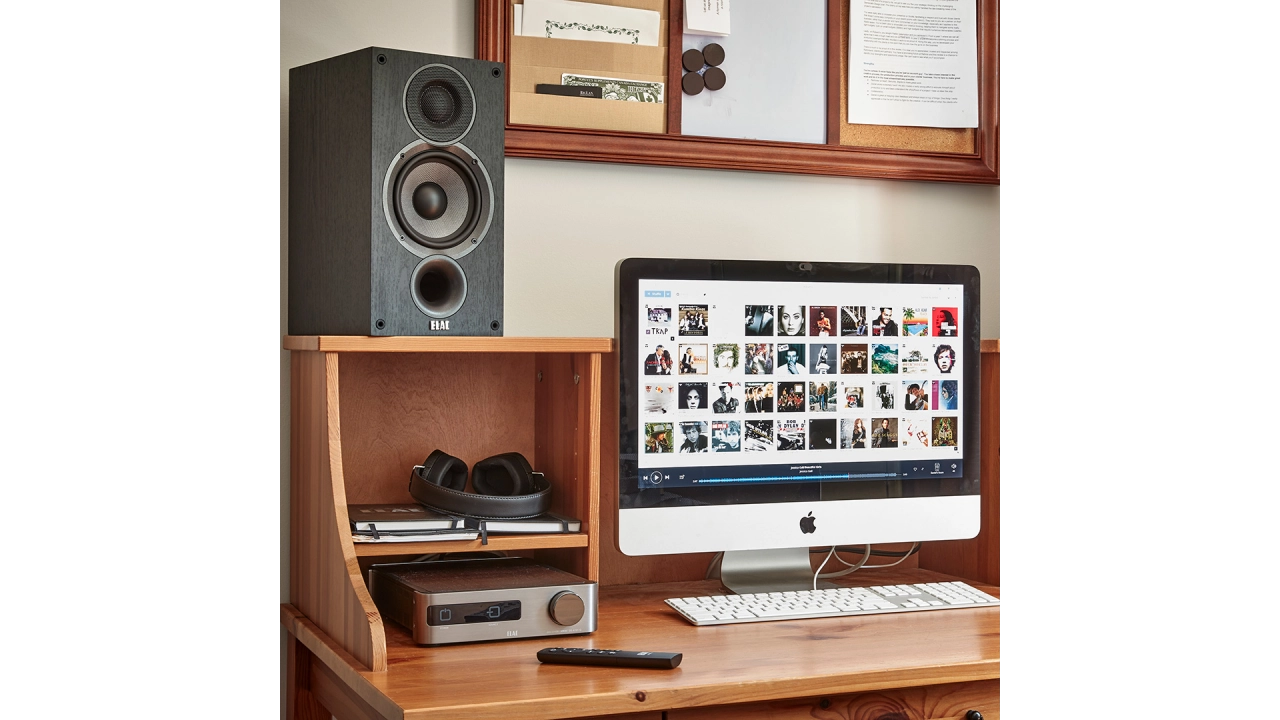How to Connect Bookshelf Speakers to Your PC
The quality of the sound being played from your computer varies largely depending on the speakers used. Most PCs don’t have built-in speakers, so you’ll need to purchase them separately. However, midrange computer speakers have less-than-stellar performance and quality, making listening to music, watching movies or playing games less exciting.
For this reason, many people invest in a set of bookshelf speakers for their PC to provide a much-improved experience and higher-quality sound than your typical computer speakers.
The setup is only slightly more complicated than plugging in a set of computer speakers and is definitely a worthwhile mini-project if you get it right. So, if you want to know how to connect bookshelf speakers to a PC, keep reading. We will discuss what bookshelf speakers are and what you’ll need for the setup. Plus, we will also walk you through the entire process so you can finally enjoy high-quality sounds from your computer.
What Are Bookshelf Speakers?
Bookshelf speakers are passive speakers usually composed of two drivers: a tweeter and a woofer. They have a compact design and are meant to be placed on a shelf or stand. What makes them special is the quality of the sound they produce. Bookshelf speakers emit a clear and crisp sound, making them a popular choice for home theater setups.
They are also a great way to improve your PC’s sound quality. Bookshelf speakers are small, lightweight and relatively simple to install. You can easily place them on your desk or shelves, so they don’t take up too much space. They are the perfect option for people who want to improve their sound quality while working or browsing the web on their PC but don’t want to invest in an entire surround sound system.
Things You’ll Need
Learning how to connect bookshelf speakers to a PC is a major concern if you are not well-versed in audio setups. But no matter how complicated the process may seem, it helps to be prepared to maintain seamless assembly. And it all starts with having all the necessary tools and items on hand:
- Personal computer (PC): The computer is the main component of the setup, so ensure that it is ready before starting the connections. Make sure it is plugged in and has the software to play music.
- Bookshelf speakers: Two is the recommended amount if you want the best audio output. Pretest the speakers before the setup to check if they are in good shape.
- External desktop amplifier: As mentioned above, many bookshelf speakers are “passive speakers,” which means they don’t have a built-in amplifier. So, you need an external amplifier for the speakers to produce sound. Here is a great desktop amplifier with built-in streaming capabilities, support for Roon and Spotify, with a tonne of clean amplification power on tap: ELAC DS-A101 Discovery Integrated Amplifier with Streaming
- 3.5mm to RCA cable: This cable connects all the individual pieces. Make sure you have the right kind to prevent wasting time.

Steps to Connect Bookshelf Speakers to ANY Computer
Once you have the necessary materials, it is time to put everything together. Here’s how to connect bookshelf speakers to any PC or laptop with a 3.5mm headphone jack:
Step 1
Connect the bookshelf speakers to the external desktop amplifier. Take the left speaker wire and plug it into the amplifier’s left terminal. Similarly, you must insert the right speaker wire at the right terminal.
Step 2
At this time, you’ve successfully connected the bookshelf speakers to the external amplifier. Next, you need to do the same for your PC. For this, you need the 3.5mm to RCA cable—take the cable and plug the two RCA jacks into the left and right RCA channels of the amplifier. There are preferable methods to hook up your PC to your amp that we will discuss below, but this is the method that will work with most computer setups.
Step 3
Take the RCA cable’s 3.5mm end and plug it into your PC’s speaker or headphone out.
Step 4
Connect the power cable to the amplifier and plug it into a power source.
Step 5 (Optional)
If your computer doesn’t automatically change it’s output to the speaker/headphone out, you will need to change this option in your sound settings. Follow the instructions of your computer’s manufacturer or the instructions for the Operating System (Windows, Mac, Linux, or other).
And that’s it! You’ve successfully connected the bookshelf speakers to your PC. It’s finally time to enjoy high-quality sound from your computer.
Alternate Connection Options
RCA
If your computer has RCA jacks on the back, you can use RCA cables instead of the 3.5mm to RCA cable.
Digital Coax or Toslink
Does your computer have a digital output? There are some amplifiers that can receive a digital signal. This means that the decoding is being done by the Amplifier (or an attached DAC… Digital-To-Analog Converter).
This is often preferable unless your computer’s sound card is REALLY good. Computer Sound Cards are usually an afterthought, added to your PC’s motherboard to make sure it can at least output sound. Some of these sound cards can be noisy with their close proximity to the rest of the PC’s components.
It’s worth noting that built-in DACs have improved drastically in recent years, so it’s worth trying the PC output before investing in additional equipment.
USB Direct
Some new speakers, such as the Debut ConneX DCB41, have everything you need to connect directly to your PC. Simply connect your PC to the ConneX via USB and you’re good to go. You can even control the volume using your computer’s built-in volume controls. You can check it out here.

Experience music like never before with ELAC. Founded with the commitment to making the best sound in the world, our speakers will take the auditory experience to the next level. Contact us to learn more about our groundbreaking products.

